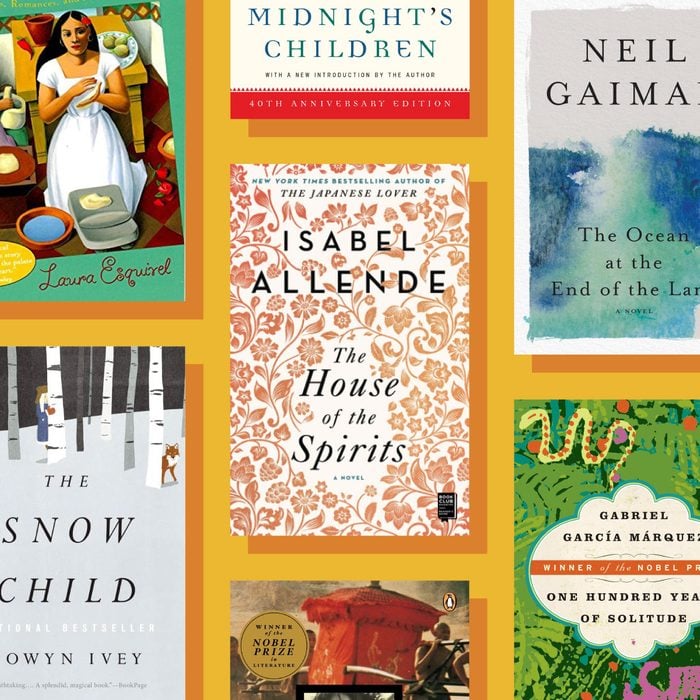
Escape into fantastical magical realism books
Imagine baking emotions into food. Chit-chatting with ghosts on your subway ride to work. Walking around New York City with bird wings on your back. All are the sort of fantastical events you might read about in magical realism books.
First coined in 1925 by German art critic Franz Roh in reference to art, the term magic realism, or magical realism, is best known as a post-colonial style of literature that weaves mystical and mythical elements into otherwise realistic fiction. It’s one of the trickier book genres to define, but if you’re looking to dip your toes into the surreal world of magical realism books (as you should!), we’re here to help.
Join the free Reader’s Digest Book Club for great reads, monthly discussions, author Q&As and a community of book lovers.
What is magical realism?
Magical realism is a fiction genre, but don’t confuse it with fantasy. What usually distinguishes magical realism books from fantasy novels and contemporary fantasy stories is the realism: The characters live in real, or even mundane, settings as opposed to fantastical places like the Shire or Hogwarts. In other words, The Lord of the Rings may have magic, but since it’s set in a fictional land, it’s not magical realism. Harry Potter may have magic and a real-life setting, but since most of the story is set at a fictional magic school, it’s not magical realism either.
Another distinguishing factor about the genre is the characters’ reactions—or, rather, nonreactions—to the supernatural and strange. The magic is often unexplained but understood and accepted by the characters. One character’s 200-year-long life span is as unremarkable as another character’s arthritis.
What are the origins of magical realism?
Though magical realism books are most closely associated with Latin American writers like Jorge Luis Borges, Gabriel García Márquez, Mario Vargas Llosa and Isabel Allende—whose works can have political themes or serve as critiques of dictatorships or Western imperialism—writers from many cultures have taken to the genre. Toni Morrison, Salman Rushdie and Haruki Murakami all wrote celebrated magical realism books that most critics count among the best books of all time.
Still, ask people who the father of magical realism is, and most will say Gabriel García Márquez, who popularized the genre with the release of his classic novel One Hundred Years of Solitude in 1967. But some point to Guatemalan writer Miguel Ángel Asturias, whose book El Señor Presidente was self-published back in 1946, as the inspiration for so many.
While the definitive origins remain unknown, magical realism continues to be an evolving and poetic genre with new authors adding their own spin on the category. As huge fans, we rounded up our favorite magical realism books, old and new, to infuse your life with a bit of the supernatural.
Looking for your next great book? Read four of today’s bestselling novels in the time it takes to read one with Reader’s Digest Select Editions. And be sure to follow the Select Editions page on Facebook!
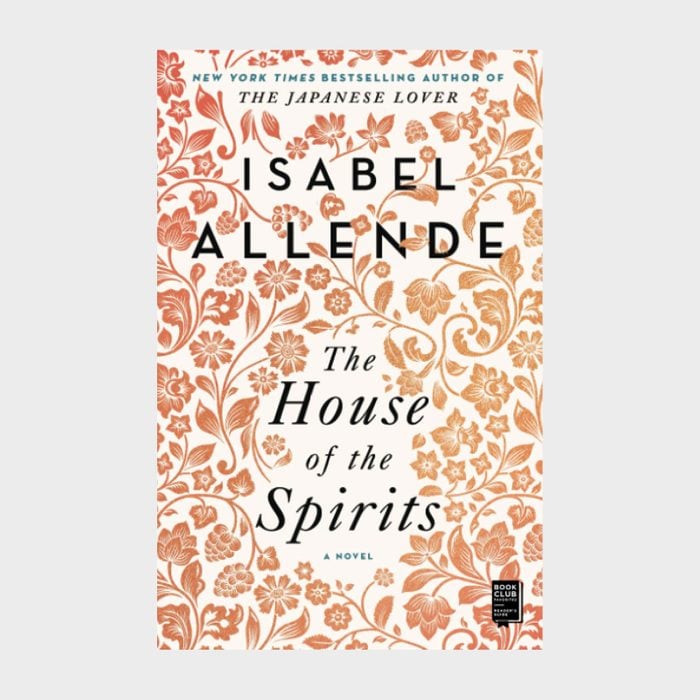
1. The House of the Spirits by Isabel Allende
With 26 books translated into over 42 languages and more than 77 million copies sold worldwide, Isabel Allende is the bestselling Spanish-language author of all time. I once had the honor of interviewing the Chilean writer, and she recounted how she started working on The House of the Spirits: She began her epic, multigenerational debut novel on Jan. 8, 1981, after writing a letter to her dying grandfather, who she couldn’t visit because her family was in political exile in Venezuela. (Fun fact: Allende now starts all her novels on Jan. 8.)
The story centers on the Truebe family and its clairvoyant matriarch, Clara, who’s based on Allende’s grandmother. The saga follows Clara’s husband, the power-hungry Esteban, their lovelorn daughter, Blanca, and their revolutionary granddaughter, Alba. The novel, which was published in 1982, is a sweeping and touching tale that helps us better understand the complexity of Latin America, as well as the concepts of love and family. Give it a read, and you’ll no doubt count Allende among your favorite authors.
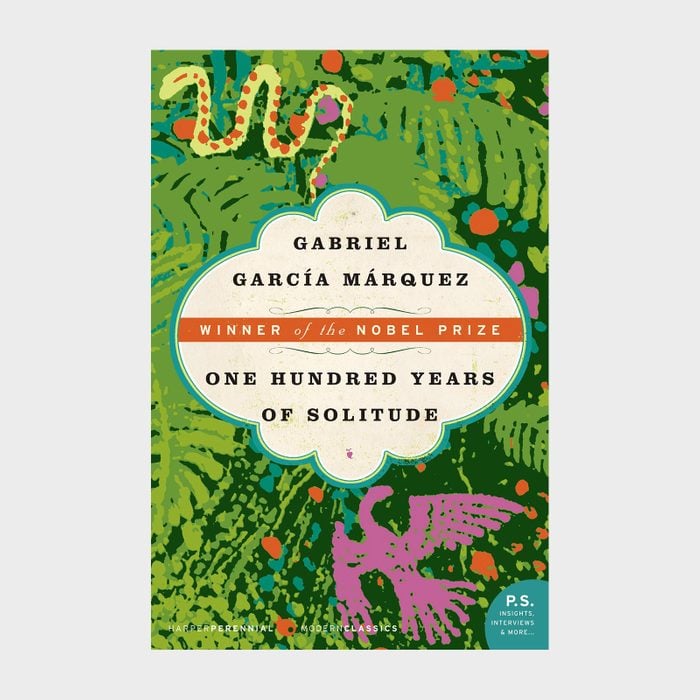
2. One Hundred Years of Solitude by Gabriel García Márquez
Regarded as one of the greatest magical realism books ever written, Cien Años de Soledad (that’s One Hundred Years of Solitude for English readers) was released in 1967, has sold more than 50 million copies and has been translated into 46 languages. Reading this tome in college had a profound effect on me as a Latina writer, and the themes of magic and spirit and family felt both transporting yet warmly familiar. According to “Gabo” himself, he had been trying to pull together the multigenerational family saga for close to two decades when, on a drive to Acapulco with his family, the story came to him all at once. Inspired, he spent the next 18 months holed up, chain-smoking and writing the novel that would earn him a Nobel Prize and inspire generations of writers to come.
Pick up this one to read about seven generations of the Buendía family and the fictional town of Macondo. The story spans a hundred years of epic Latin American history. This is a bucket-list book, so if you’re looking for ways to read more, be sure to add Márquez’s masterpiece to your TBR list.
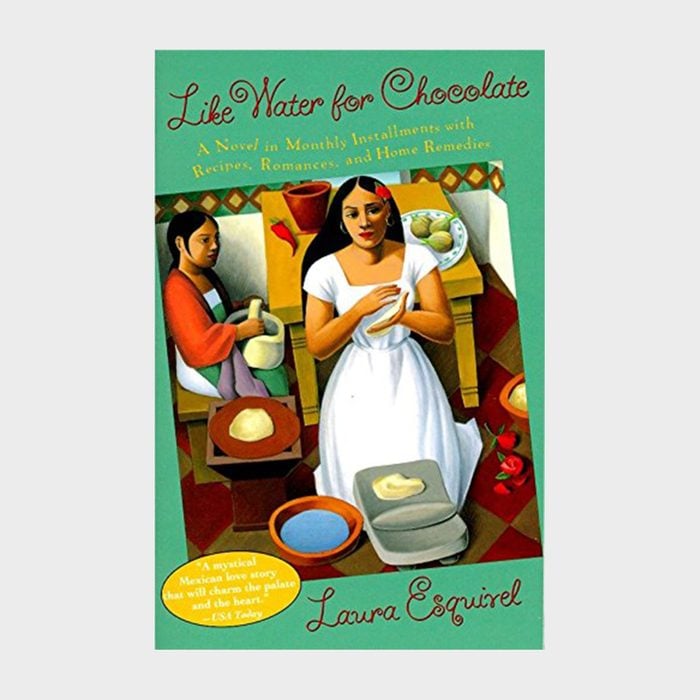
3. Like Water for Chocolate by Laura Esquivel
I recently reread this classic novel, and its flavors burn even brighter (and the family story strikes harder) than when I first read it back in college. Set in Northern Mexico during the Mexican Revolution, this 1989 novel tells the story of Tita De la Garza through recipes. It’s a fitting format—Like Water for Chocolate centers on food in both magical and mundane ways. The fable-like and romantic novel sees Tita tangle with love yet be forced to remain a spinster so she can take care of her mother. Her complex feelings magically infuse her food and dishes. With themes of fate and family, the story of the De la Garza women plays out as their passions are hidden, forbidden and expressed.
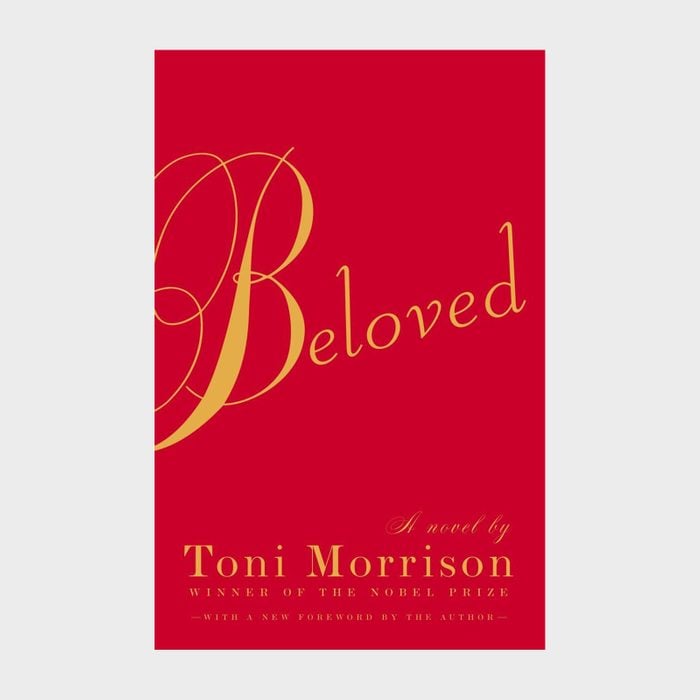
4. Beloved by Toni Morrison
This is a book I come back to again and again, learning more about the characters and the brilliance of Toni Morrison’s writing. Based on the true story of Margaret Garner, an enslaved woman who escaped from a Kentucky plantation, killed her young daughter to keep the girl from enslavement and was later caught, Beloved tells a brutal story of slavery and motherhood. Published in 1987, Morrison’s powerful, Pulitzer Prize–winning tale is about Sethe, a former slave dealing with the tragedies of her past. But it’s also about Beloved, the ghost of Sethe’s dead child who is the beating heart of this unforgettable magical realism book. Even Morrison saw Beloved as the core of the novel, saying, “The figure most central to the story would have to be her—the murdered, not the murderer, the one who lost everything and had no say in any of it.”
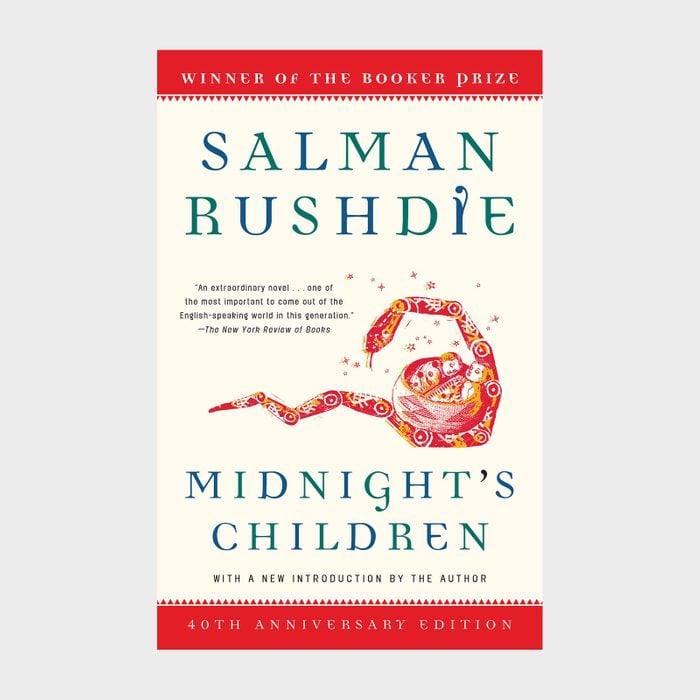
5. Midnight’s Children by Salman Rushdie
Salman Rushdie counted One Hundred Years of Solitude as an inspiration for his multigenerational novel, which won him the Booker Prize in 1981, the year it was published. The book blends historical events, like the peaceful protest of Mahatma Gandhi, with magical elements and tells the post-colonial story of Saleem, who was born at the exact moment of India’s independence (midnight) and who, along with a thousand other “midnight children,” possesses special powers. When it comes to magical realism books, you’re bound to find Midnight’s Children on any book recommendations list worth its salt.
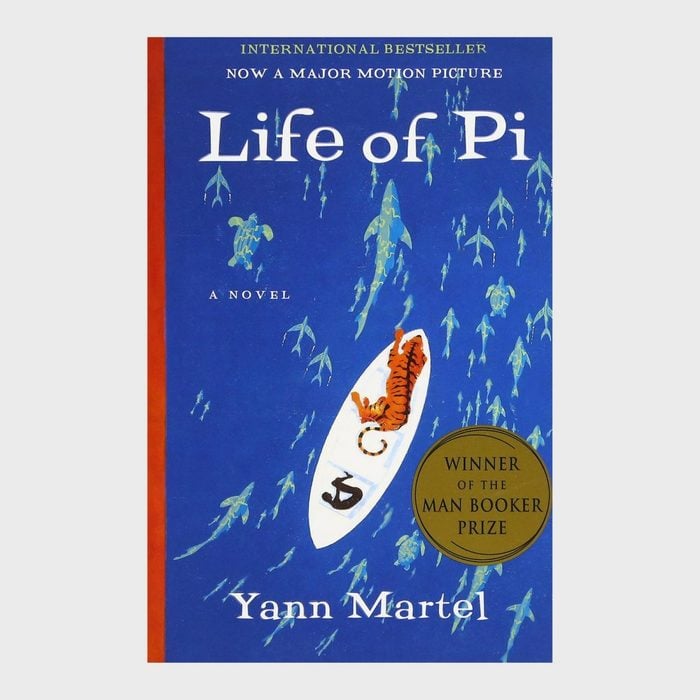
6. Life of Pi by Yann Martel
A riveting work of magical realism (and a powerful movie adaptation by Ang Lee), Life of Pi tells the story of Piscine Molitor Patel, a South Indian boy from Pondicherry, who’s named after a swimming pool and goes by “Pi.” After a shipwreck, Pi is stranded for 227 days on a boat with a Bengal tiger named Richard Parker. Yann Martel’s award-winning book is a stunning (and surprising) story of survival and loss, perseverance and human nature, that I thought about for a long, long time after reading it. If you’re ready to give this one a go, we have good news: It’s currently free on Kindle Unlimited for subscribers.
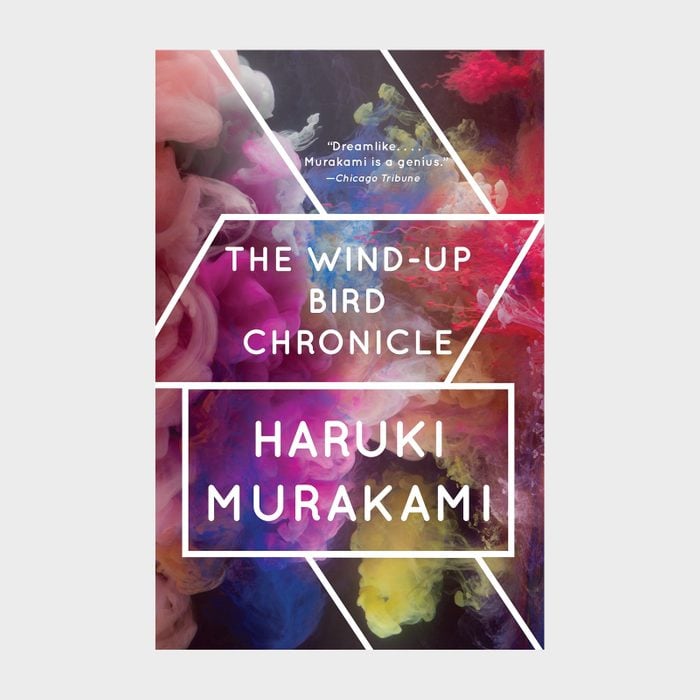
7. The Wind-Up Bird Chronicle by Haruki Murakami
Published in 1994 by one of Japan’s most celebrated novelists, The Wind-Up Bird Chronicle tells the story of an ordinary man and his extraordinary journey as he searches for his missing cat and his missing wife, and as he traverses alternate realities at the bottom of a well. The surreal story explores Japanese nationalism, evolving relationships and the search for meaning.
Though literary scholars typically point to novels by Latin American authors when discussing magical realism books, Haruki Murakami himself points out the connection between such tales and Asian writers. “In Japan, I think that other world is very close to our real life, and if we decide to go to the other side, it’s not so difficult,” he told the New Yorker. “I get the impression that in the Western world, it isn’t so easy to go to the other side; you have to go through some trials to get to the other world. But in Japan, if you want to go there, you go there. So in my stories, if you go down to the bottom of a well, there’s another world. And you can’t necessarily tell the difference between this side and the other side.”
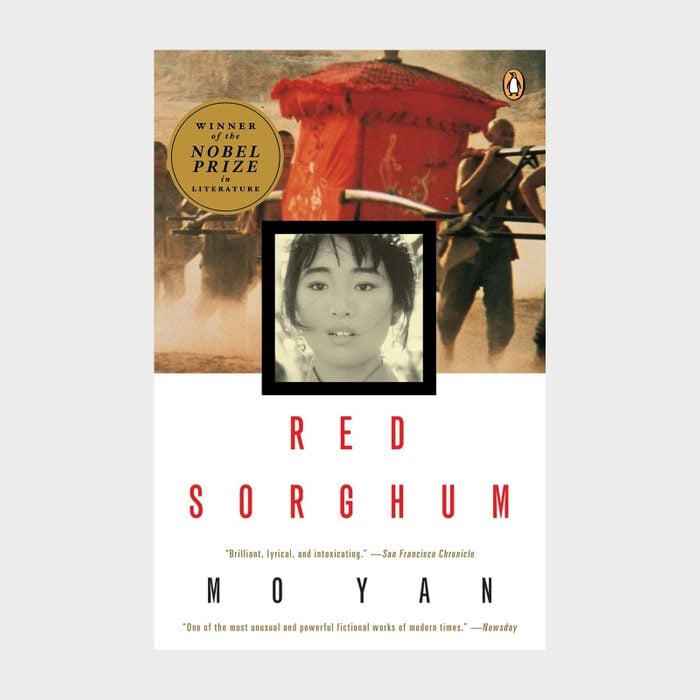
8. Red Sorghum by Mo Yan
Published in 1986 by Mo Yan (author Guan Moye’s pen name, which translates to “don’t speak”), Red Sorghum centers on three generations of the Shandong family as they move from red sorghum liquor producers to freedom fighters of the second Sino-Japanese war. Through a series of flashbacks, the narrator recounts the lives of his grandparents and the horrors of war. Read the book first—Yan became the first Chinese author to win the coveted Nobel Prize in Literature in 2012—then when you’re done, catch the 1986 movie adaptation.
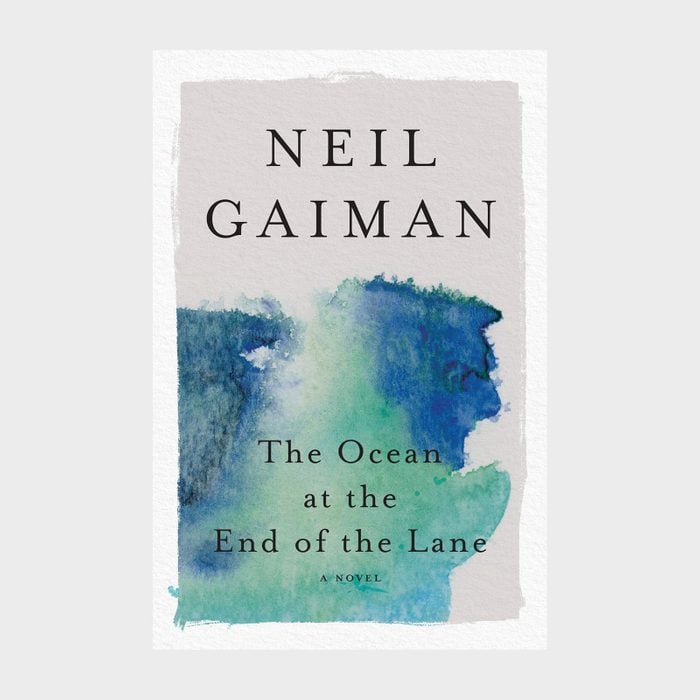
9. The Ocean at the End of the Lane by Neil Gaiman
The bestselling and award-winning author of Good Omens and American Gods gave readers a magical, poignant and hauntingly familiar tale in this 2013 title, which hit No. 1 on the New York Times bestseller list and won Book of the Year in the British National Book Awards. The Ocean at the End of the Lane follows an unnamed protagonist who returns to his childhood home in England for a funeral. The trip draws forth memories of his childhood friend, Lettie Hempstock, who claimed the pond at the end of a lane was really an ocean. In the vein of a fairy tale, Lettie, her mother and her grandmother protect the boy from evil against the backdrop of all-too-human needs and wants, loves and losses.
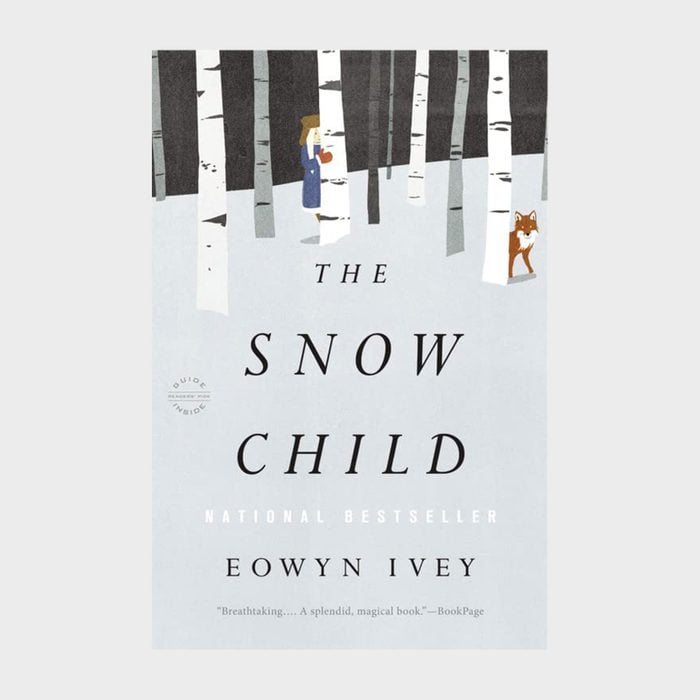
10. The Snow Child by Eowyn Ivey
Set in Alaska in the 1920s, The Snow Child spins the story of a childless couple whose lives are changed by the appearance of a mysterious little girl who calls herself Faina—and who may have been fashioned out of snow. A nod to the Russian fairy tale The Snow Maiden, the story weaves a magical tale of love, loss, grief and repair, and it’s guaranteed to tug at your heartstrings. The author’s debut novel, the book was published in 2012 and short-listed for the Pulitzer Prize for Fiction that same year.
Get Reader’s Digest’s Read Up newsletter for more books, humor, cleaning, travel, tech and fun facts all week long.
Sources:
- The New York Review: “The Inventor of Magical Realism”
- Vanity Fair: “The Secret History of One Hundred Years of Solitude“
- The Guardian: “Salman Rushdie on Midnight’s Children at 40: ‘India is no longer the country of this novel'”
- The New Yorker: “The Underground Worlds of Haruki Murakami”
- The National Endowment for the Humanities: “The Real Mo Yan”
